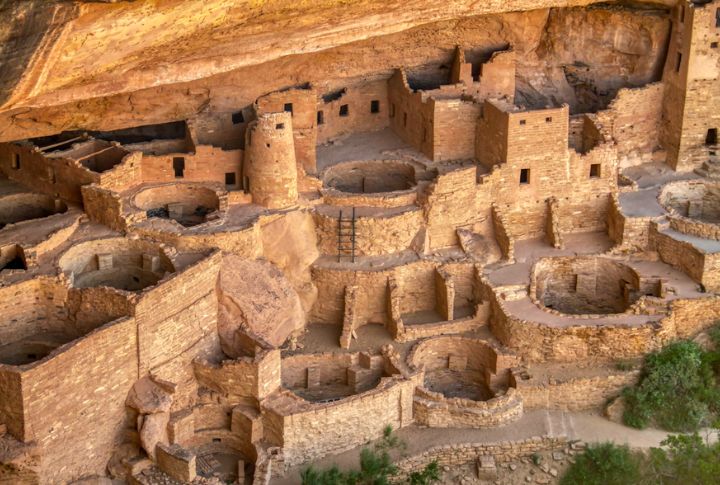
Centuries ago, the Anasazi (known today as the Ancestral Puebloans) built remarkable communities across the deserts of the American Southwest. Their cliff dwellings and stone cities reveal a society that thrived in difficult areas. Yet, despite their achievements, the people eventually left these settlements behind. The reasons remain unsettled, with theories stretching from climate stress to cultural shifts. Here are the enduring mysteries surrounding the Anasazi.
Cliff Dwellings
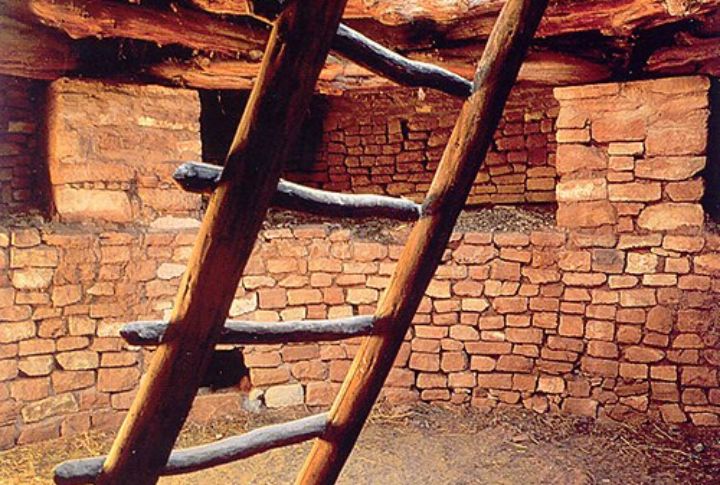
Life perched on cliffs was impressive but exhausting. Families climbed ladders and edged across ledges daily, making routine tasks dangerous. Over time, this demanding lifestyle may have become unsustainable. That pushed communities to leave in search of safer, more accessible homes.
Defensive Architecture
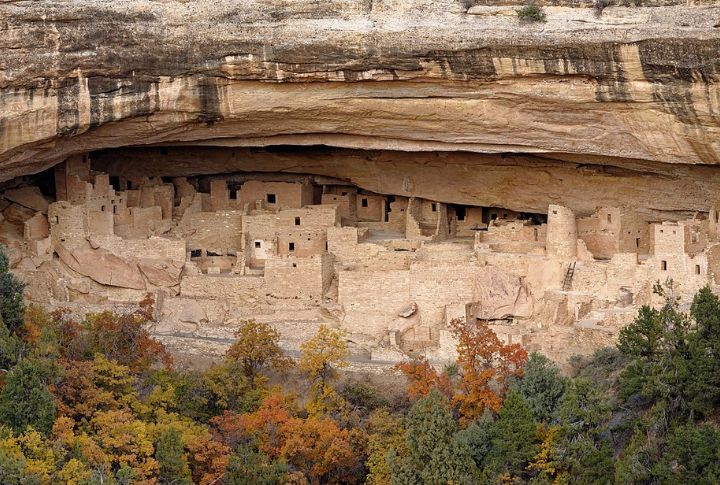
Thick walls, towers, and narrow viewing slots indicate a growing concern for potential attacks. Constantly defending against threats would have strained resources and spirits. For many, abandoning fortified pueblos may have seemed better than living under the pressure of conflict and violence.
Road Networks
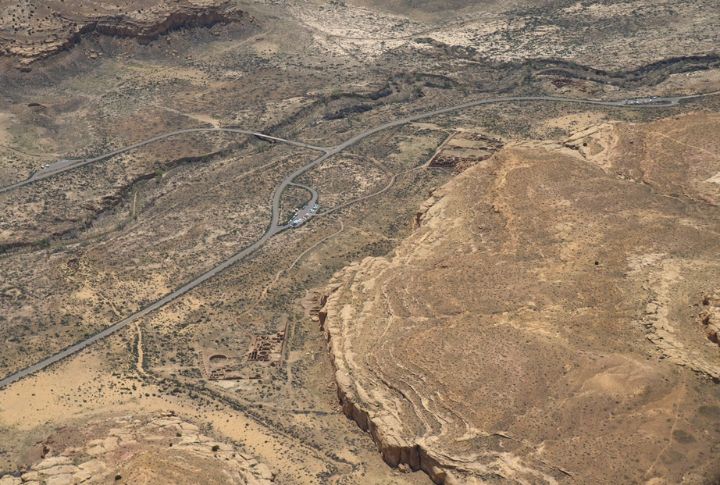
The vast road system once connected settlements and supported trade. However, when populations shrank and alliances fractured, these roads lost their purpose. Without unity, the effort to maintain them dwindled. It also weakened connections and encouraged people to leave isolated communities behind.
Farming Innovations
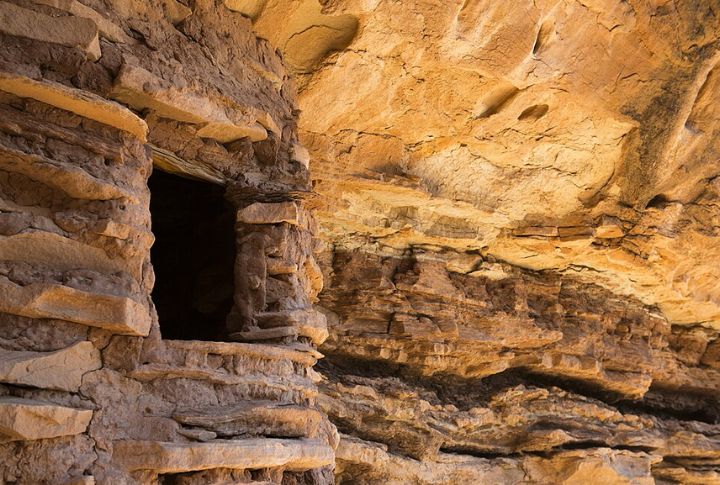
Granaries and irrigation once secured survival, but severe drought turned even the best farming methods useless. Food shortages grew so critical that they forced families to migrate to areas with more reliable water and farmland. Abandonment then became a matter of survival, not choice.
Kivas
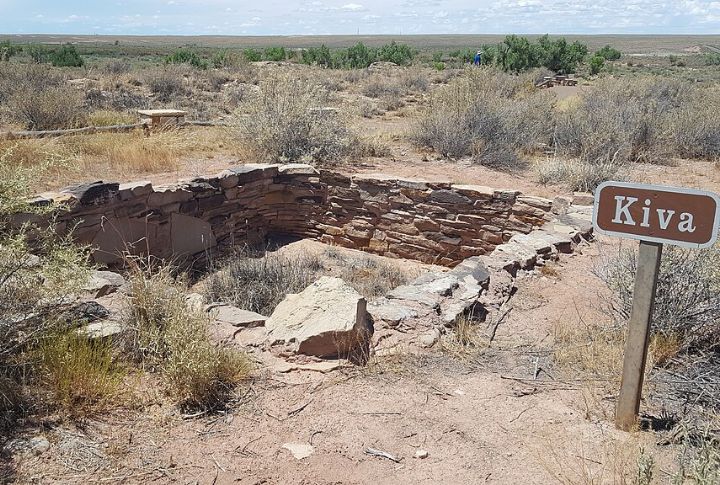
Ceremonial life thrived in kivas, yet when populations declined, these sacred spaces lost their role as gathering places. As communities scattered, traditions tied to place broke apart, encouraging groups to relocate and rebuild religious practices elsewhere. Turns out, even spiritual decline can fuel migration.
Chaco Canyon
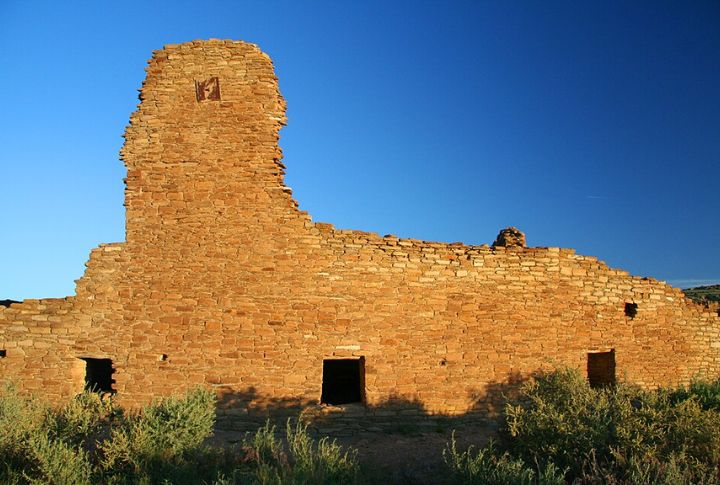
Chaco Canyon once stood as the cultural and spiritual heart of the Anasazi world. Its vast kivas and bustling trade made it indispensable. When Chaco fell silent, its influence faded. That decline also weakened regional networks and left later communities more vulnerable to collapse.
Trade Connections

Exotic items like chocolate and macaw feathers flowed into the Southwest through long trade routes. Once those routes dissolved, cultural ties and prestige systems lost their foundation. With networks fractured, many communities saw little reason to remain in remote desert settlements.
Environmental Stress
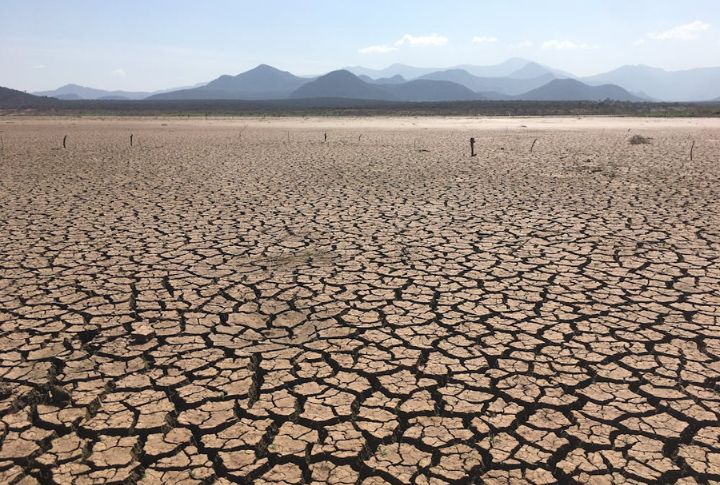
Dendrochronology (the science of tree-ring dating) confirms a severe drought across the Southwest from 1276 to 1299. Agriculture also collapsed under those conditions. As food vanished, people left their stone homes behind. It can be considered that climate is one of the strongest forces driving abandonment.
Social Conflict
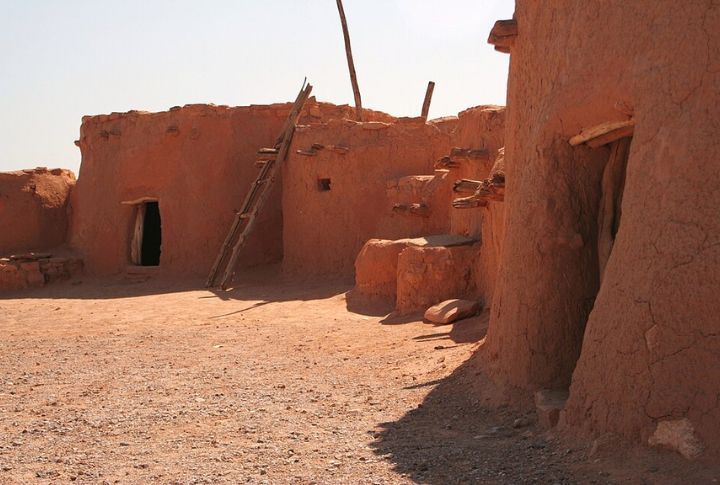
Many sites reveal half-finished fortifications and abandoned possessions. These details suggest people fled quickly to escape violence, leaving daily life unsettled. Raids and internal conflict destabilized entire villages and forced communities to abandon the walls that once promised safety and search for survival elsewhere.
Spiritual Migration
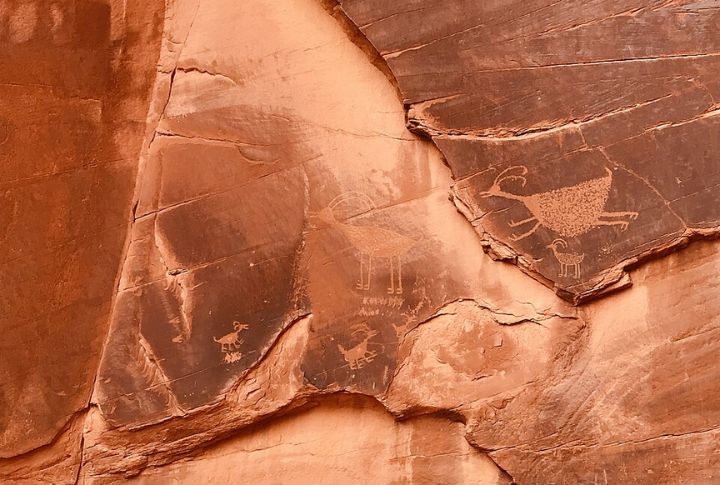
Oral traditions describe ancestors moving in search of a “center place.” Spiritual duty shaped decisions as strongly as survival needs. Abandonment, in this view, was not purely crisis-driven but a sacred journey undertaken to fulfill cultural destiny and preserve ancestral continuity.

